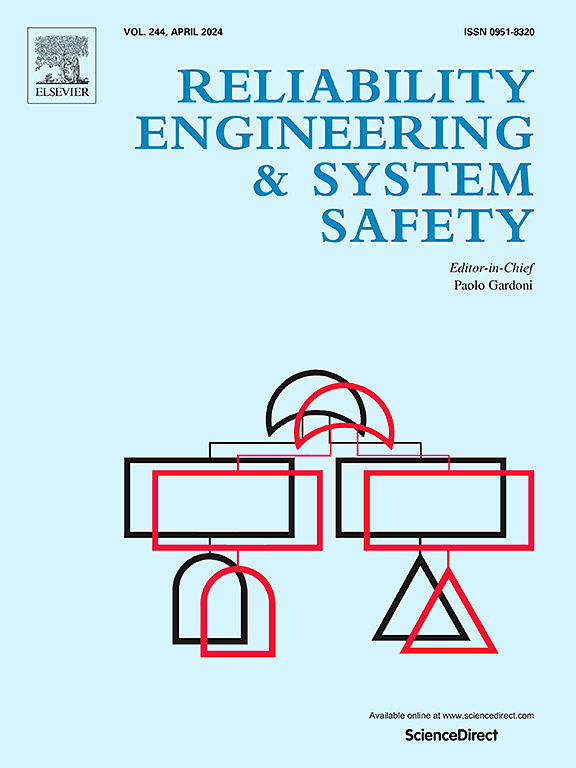污垢特征迁移学习改进换热装置剩余使用寿命预测
IF 9.4
1区 工程技术
Q1 ENGINEERING, INDUSTRIAL
引用次数: 0
摘要
准确预测传热装置的剩余使用寿命(RUL)对于优化维护计划和确保工业过程中的有效运行至关重要。传统的模型往往难以应对不同的组件、操作条件和有限的训练数据集,而没有一个模型探讨过如何在不同的流体特性中共享结垢行为。目前的研究引入了一种基于污垢因子迁移学习的长短期记忆模型,该模型利用原油中预训练的污垢因子表示来改进其衍生物(如沥青质和烯烃)的RUL预测,并将该方法扩展到其他流体(如甘油),用于不同的单元操作。所提出的模型取得了显著的改进,沥青质的RUL预测精度达到99.6%,烯烃的RUL预测精度达到96.8%,而甘油的RUL预测精度保持稳定(尽管存在域差异),在甘油案例研究中,平均预测误差为7天。此外,该模型的计算效率很高,沥青质和烯烃的训练时间减少了50%,原油的训练时间减少了9%,突出了其适应性。通过在不同流体中应用共享的结垢动力学,该模型有效地解决了与有限数据可用性相关的挑战,增强了化学过程的通用性,并为石化行业的预测性维护策略提供了更可靠、更有效的工具。本文章由计算机程序翻译,如有差异,请以英文原文为准。
Fouling-characteristic transfer learning for improving remaining useful lifetime prediction in heat exchange unit
Accurately predicting the remaining useful lifetime (RUL) of heat transfer units is essential for optimizing maintenance schedules and ensuring efficient operation in industrial processes. Traditional models often struggle with varying components, operating conditions, and limited training datasets, while none have explored how fouling behavior can be shared across different fluid characteristics. The current study introduced a fouling factor transfer learning-based long short-term memory model, which utilized pre-trained fouling factor representation from crude oil to improve RUL predictions for its derivatives, such as asphaltene and olefin, and extended the approach to other fluids, such as glycerin, across different unit operations. The proposed model achieved notable improvements, with RUL prediction accuracy reaching up to 99.6% for asphaltene and 96.8% for olefin, while maintaining robust performance for glycerin (despite domain discrepancies), with an average prediction error of 7 days in glycerin case study. In addition, the model was computationally efficient, reducing training time by 50% for asphaltene and olefin and by 9% for crude oil, underscoring its adaptability. By applying shared fouling dynamics across different fluids, the proposed model effectively addresses challenges related to limited data availability, enhances generalization across chemical processes, and offers a more reliable and efficient tool for predictive maintenance strategies in petrochemical industries.
求助全文
通过发布文献求助,成功后即可免费获取论文全文。
去求助
来源期刊

Reliability Engineering & System Safety
管理科学-工程:工业
CiteScore
15.20
自引率
39.50%
发文量
621
审稿时长
67 days
期刊介绍:
Elsevier publishes Reliability Engineering & System Safety in association with the European Safety and Reliability Association and the Safety Engineering and Risk Analysis Division. The international journal is devoted to developing and applying methods to enhance the safety and reliability of complex technological systems, like nuclear power plants, chemical plants, hazardous waste facilities, space systems, offshore and maritime systems, transportation systems, constructed infrastructure, and manufacturing plants. The journal normally publishes only articles that involve the analysis of substantive problems related to the reliability of complex systems or present techniques and/or theoretical results that have a discernable relationship to the solution of such problems. An important aim is to balance academic material and practical applications.
 求助内容:
求助内容: 应助结果提醒方式:
应助结果提醒方式:


